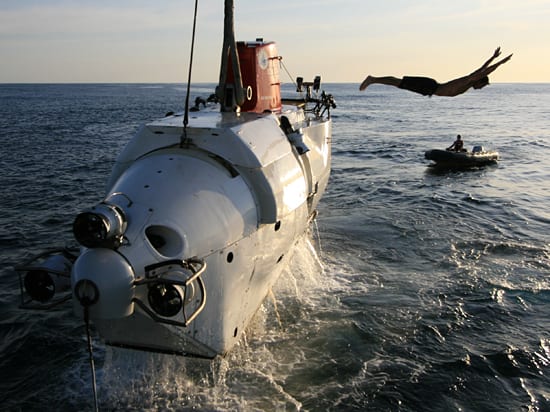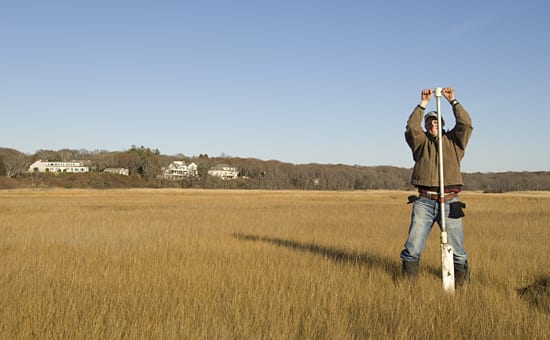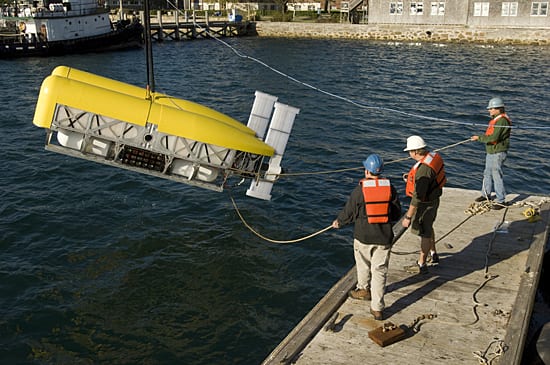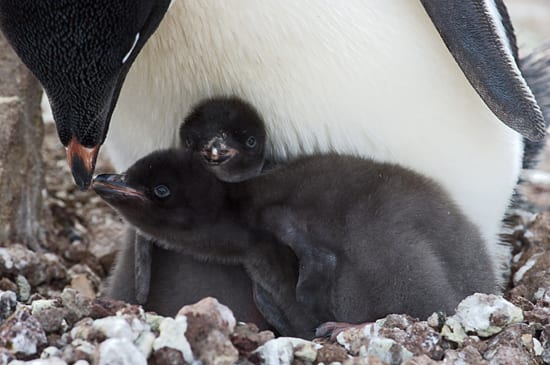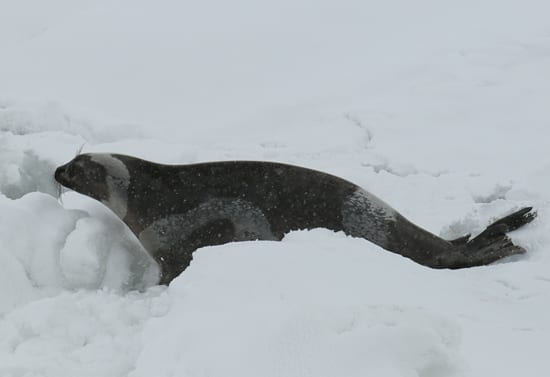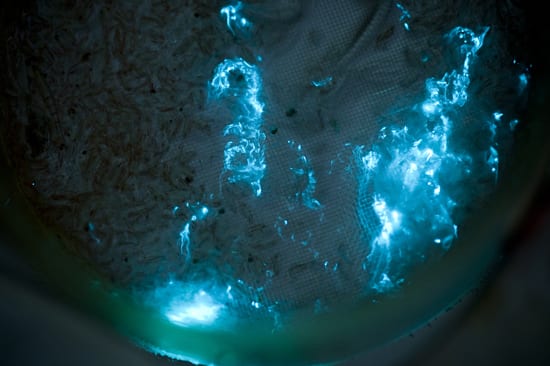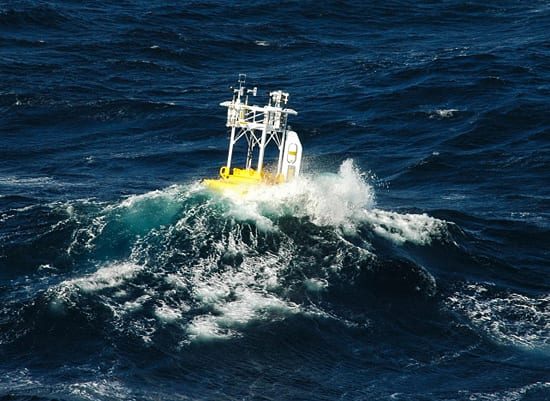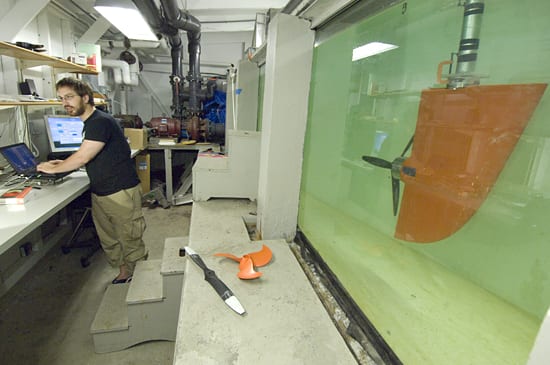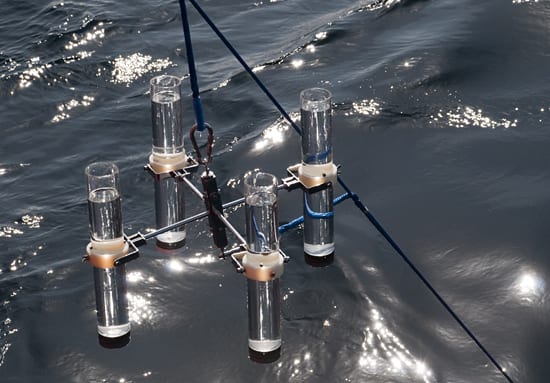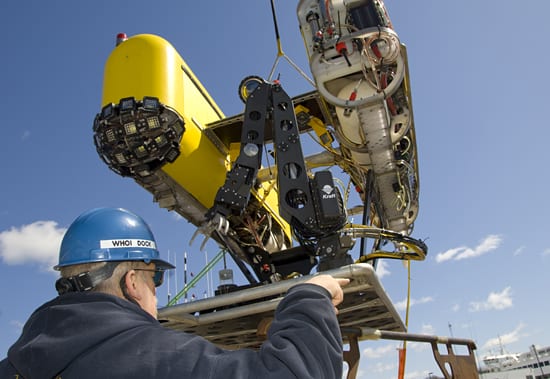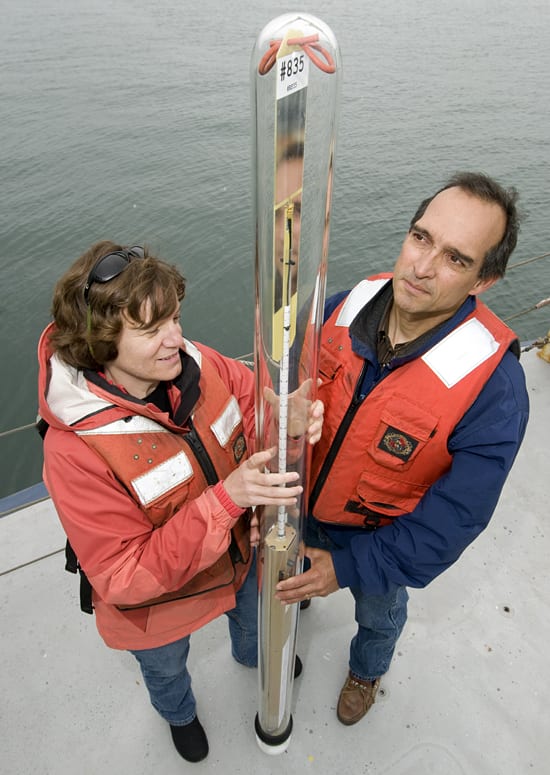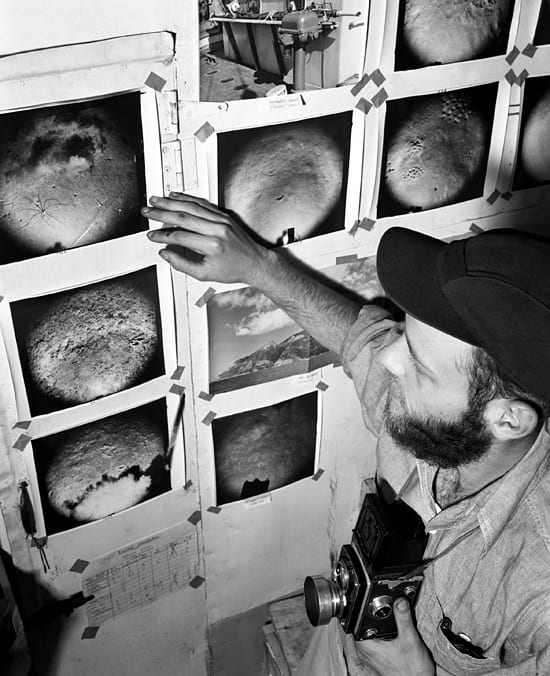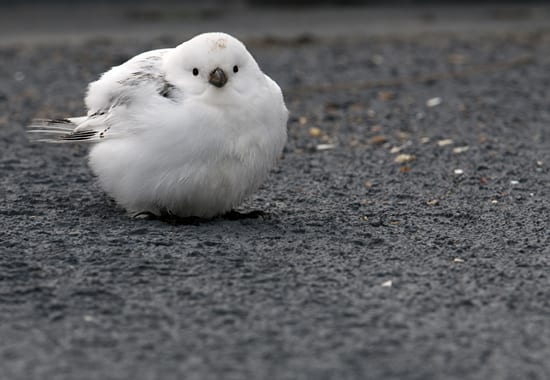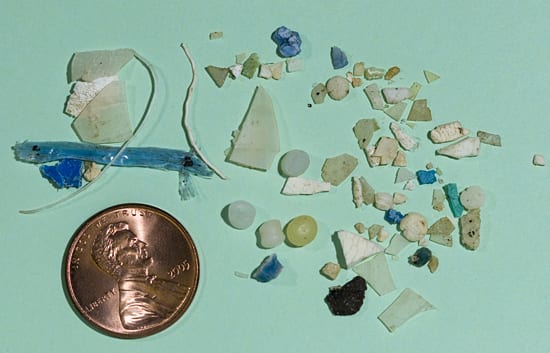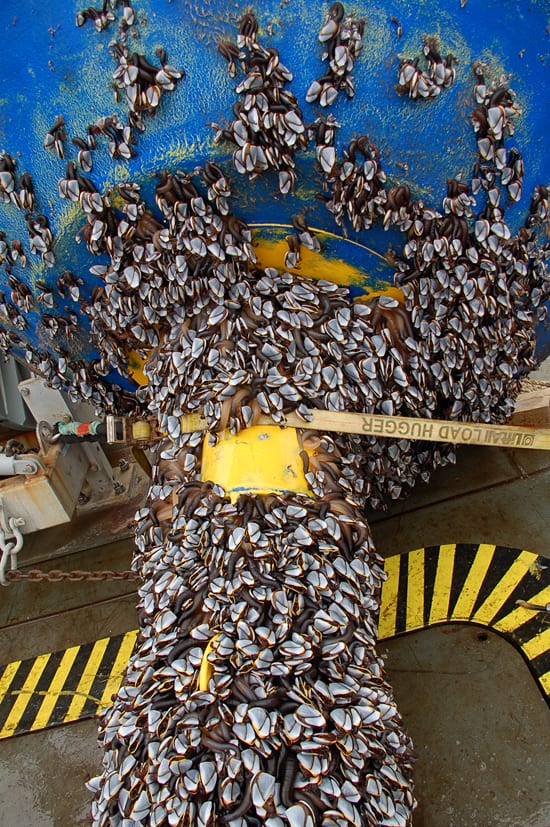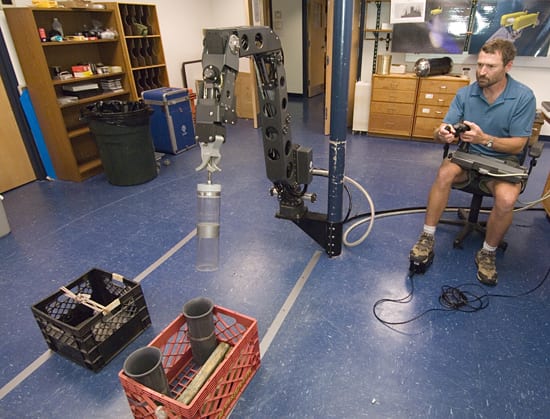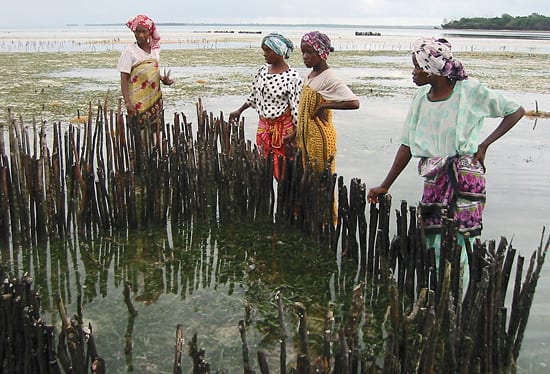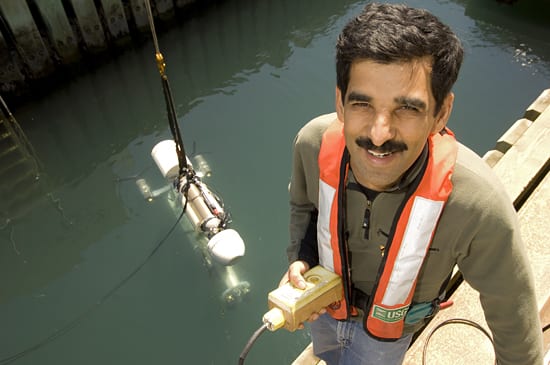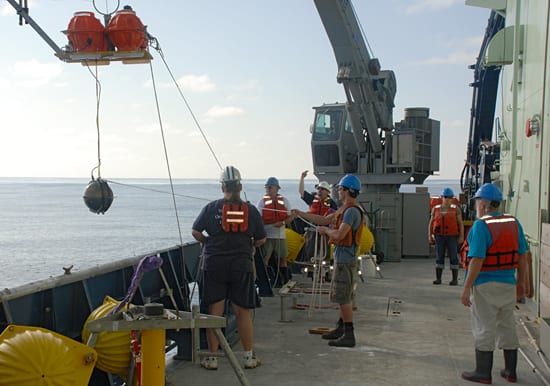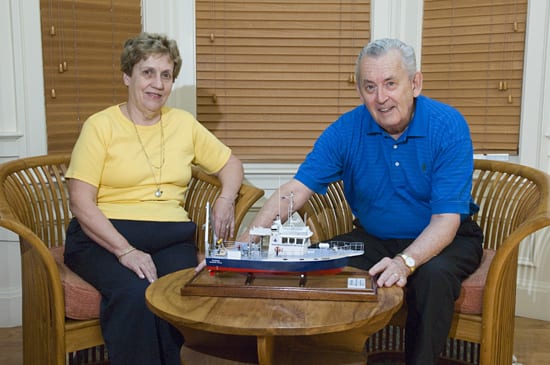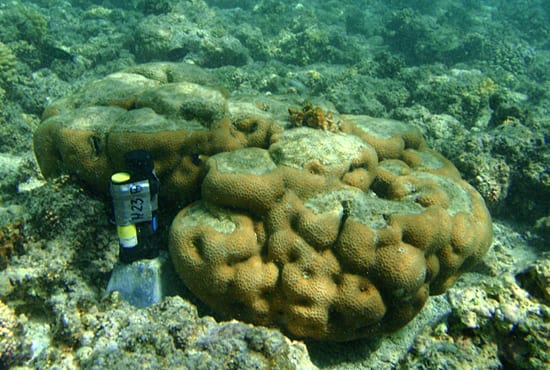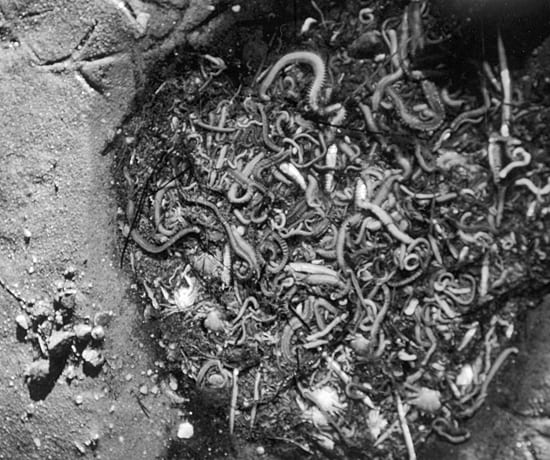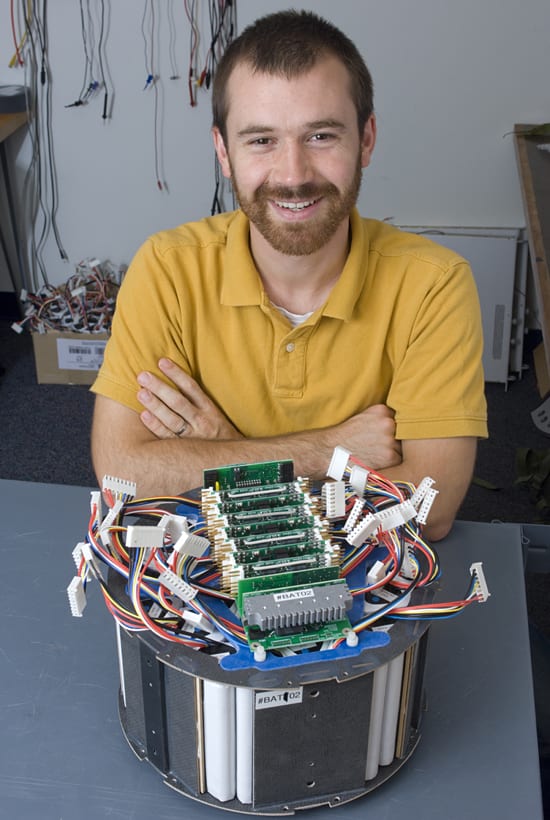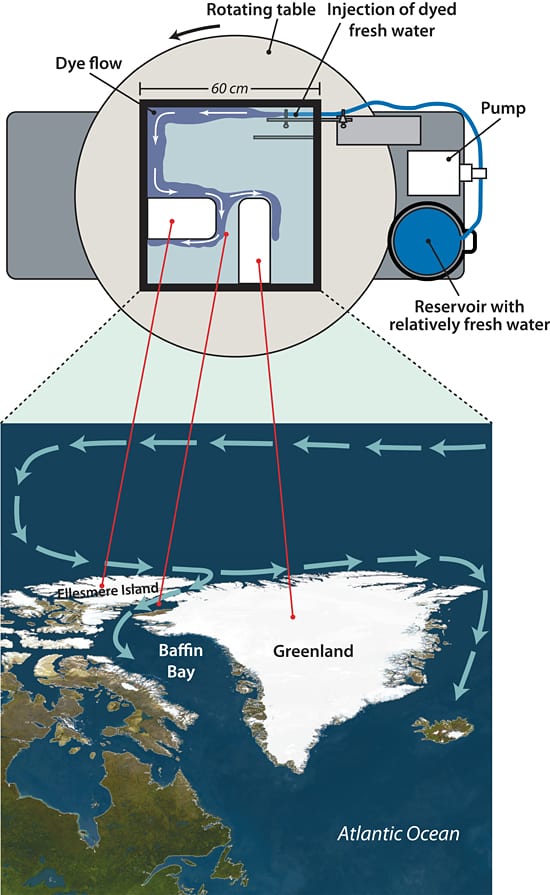Multimedia Items
Swimming to support science
After securing the lifting lines used to recover the human occupied vehicle (HOV) Alvin back to its support vessel Atlantis, deckhand Ronnie Whims dives back into the ocean. Alvin has…
Read MoreHurricane hunter
Jon Woodruff, a graduate of the WHOI/MIT Joint Program, looks for bits of grit and shell in sediment samples that he cores from lagoons and marshes (including this marsh, on…
Read MoreDive into science
Matt Heintz (left), Robert McCabe (middle), and Andy Bowen (right) deploy the new deep-sea vehicle Nereus off the WHOI dock during testing in April 2009. Nereus successfully reached the deepest…
Read MoreBack to business
After being measured and tagged by researchers during a 2007 expedition in Antarctica, an adult Adélie penguin snuggles back down over its chicks to warm and feed them. The expedition…
Read MoreRibbons and beaus (and pups)
Seeing ribbon seals up close was a special treat for researchers aboard the U.S. Coast Guard icebreaker Healy during a April 2009 cruise in the Bering Sea. Ribbon seals are…
Read MoreFirefly of the sea
Copepods are teeny crustaceans that play a big role in the food chain; they float around eating algae and in turn get eaten by bigger animals. This type of copepod,…
Read MoreFrom seafloor to surface
A surface buoy bobs in the rough water of the Northwest Atlantic near the Gulf Stream. The buoy, one of many deployed in late 2005 as part of the CLIMODE…
Read MoreDesigning for the deep
The Deep Submergence Laboratory’s mission is to further human understanding of the deep-sea floor by developing systems for remote, unmanned exploration. Here MIT/WHOI Joint Program Student Jordan Stanway tests propellers…
Read MoreThere’s thorium in those tubes
Sediment traps are containers that scientists place in the ocean to collect tiny sediment or larger accumulations called “marine snow” —bits of organic matter, dead sea creatures, shells, dust and…
Read MoreShining light on the darkest depths
Will Sellers, of the Applied Ocean Physics & Engineering department, helps guide the new deep-sea robotic vehicle Nereus during testing off the WHOI dock in April 2009. Nereus made an…
Read MoreBobbing for data
Physical oceanographer Amy Bower, left, and research associate David Fisichella display a RAFOS Float. These floats are neutrally buoyant, free drifting instruments, which are launched from a ship in the…
Read MorePicture this
Dave Owen developed an interest in deep-sea photography — then a field in its infancy — early in his career at WHOI. During a cruise to the Mediterranean and Aegean…
Read MoreA rare visitor
A McKay’s Bunting is a special sight. Named in honor of American naturalist Charles McKay, these birds summer and breed on a few remote islands in the Bering Sea, and…
Read MoreI want to say one word to you… plastics
Pieces of plastic collected by one plankton net tow in the surface waters of the Atlantic Ocean at 30°27’N, 55°42.2’W in October, 1992 (penny shown for scale). These samples are…
Read MoreHitchhikers of the ocean kind
A buoy recently recovered off the coast of California was encrusted with a large number of pelagic gooseneck barnacles. The buoy had only been in the ocean for six months,…
Read MoreArmed and Dexterous
Research Engineer Matt Heintz tests the capibilities of a manipulator arm that he helped develop for the new deep-diving vehicle Nereus in the WHOI Deep Submergence Lab. In this case,…
Read MoreRaising shellfish
Women from Unguja Ukuu-Tindini on the island of Zanzibar off Tanzania examine a shellfish farm that they are learning to set up and tend. Hauke Kite-Powell, a Marine Policy Center…
Read MoreEight and counting
Hanumant Singh, of the WHOI Applied Ocean Physics and Engineering Department, tests a newly-built SeaBED autonomous underwater vehicle (AUV) off the WHOI dock in May 2009. Eight of these AUVs…
Read MoreSeismic recovery
The crew aboard the R/V Atlantis handle a line during recovery of an ocean bottom seismometer (OBS) in January 2009. The OBS was just one of 41 deployed along the Quebrada,…
Read MoreA Model Citizen
“I’ve built models my entire life,” said James Orr, honorary member of the WHOI Corporation. After closely following the construction of the R/V Tioga and visiting the shipyard and the…
Read MoreWarm days and cool nights
This Red Sea coral reef, located west of Saudi Arabia, is being monitored as part of a collaborative project with King Abdullah University of Science and Technology (KAUST). Using the…
Read MoreOil spill victims
Oil washed into the West Falmouth marsh and tide pools after a 1969 spill, with disastrous consequences for these small marine animals in a tidal pool. Though the marsh now…
Read More4,000 Batteries Under the Sea
Daniel Gomez-Ibañez is an engineer at WHOI who specializes in developing battery systems to power deep-submergence vehicles, including the new “hybrid” deep-sea explorer Nereus, which successfully dove to Challenger Deep…
Read MoreHow the ocean works
Claudia Cenedese, scientist in the WHOI physical oceanography department, studies how water in the ocean moves. But she does it inside the box—by doing laboratory experiments that simulate oceans in…
Read More
